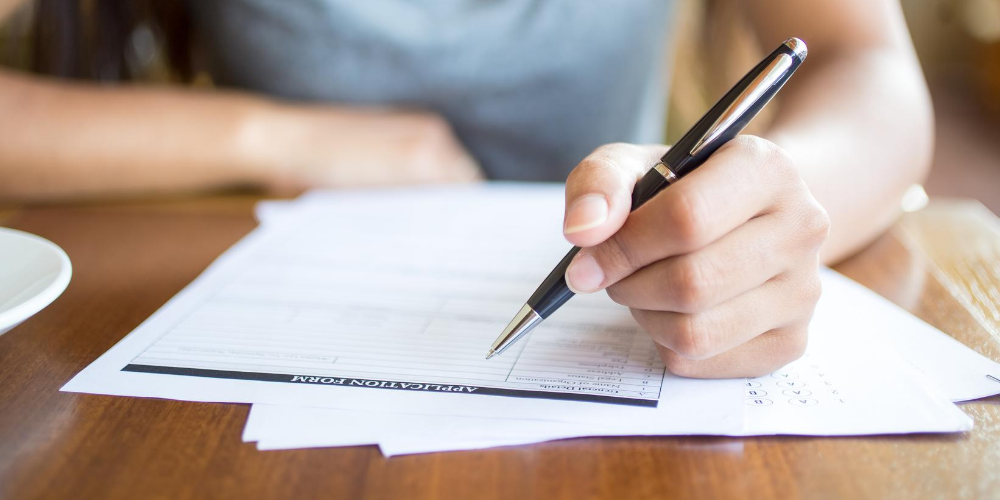Celebrating Financial Literacy Month
Establishing and maintaining healthy financial habits is an important part of daily life, but collectively, American knowledge of the subject has been severely lacking. Multiple studies and surveys found that kids, teenagers, and young adults were not being taught how to manage personal finances, credit cards, retirement funds, or debt by their parents or by the education system. A study Bank of America conducted showed that only 16% of Americans ages 18-26 feel optimistic about their financial future.[1]
-3.png)
.png)
.png)
-1.png)
-3.png)
-png.png)
.png)


